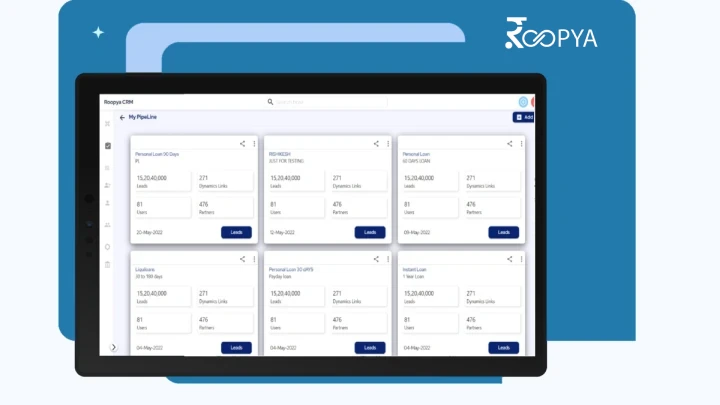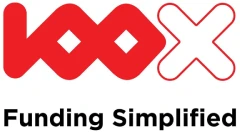BRE/ Business Rule Engine

A business rule engine (BRE) is a software component that enables organizations to automate the decision-making process by defining and executing business rules. BRE rules are a set of logic statements that determine how data and transactions should be processed, based on specific conditions and constraints.
A BRE allows businesses to automate and standardize their decision-making process, improving accuracy and reducing the risk of errors or inconsistencies. It also provides greater agility in responding to changing business requirements and regulations, enabling organizations to be more competitive and responsive in the marketplace. BREs are widely used in industries such as finance, insurance, healthcare, and telecommunications, where complex decision-making processes and regulations are prevalent.
Start Free Trial


